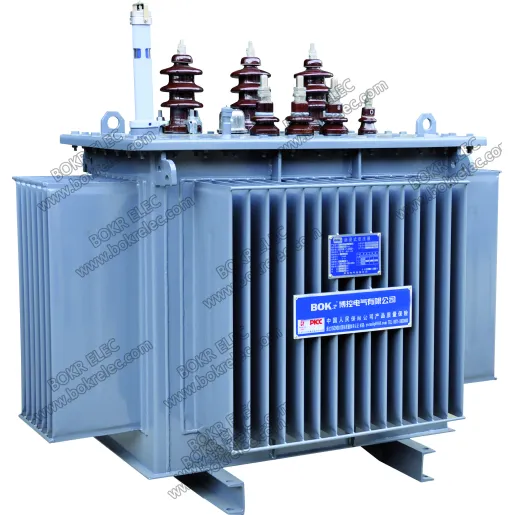Exploring the Different Types of Transformers: A Comprehensive Guide
Transformers are ingenious devices that facilitate the efficient transfer of electrical energy by changing the voltage levels between circuits. They are instrumental in various sectors, including power generation, transmission, and distribution, as well as in industries like manufacturing, transportation, and telecommunications.

At their core, power transformers consist of primary and secondary coils wound around a magnetic core. The primary coil receives the alternating current (AC) voltage, generating a magnetic field that induces a voltage in the secondary coil. This process allows for voltage transformation while maintaining power conservation.
Types of Transformers
Step-Up Transformers
Step-up transformers are designed to increase voltage levels from the primary to the secondary coil. These transformers are crucial in long-distance power transmission, where high voltages are necessary to minimize energy losses.
Step-Down Transformers
Conversely, step-down transformers decrease voltage levels and find applications in local distribution networks, ensuring safe levels of electricity for residential and commercial use.
Isolation Transformers
Isolation transformers provide galvanic isolation between primary and secondary coils, preventing unwanted current flow and offering enhanced safety in sensitive environments.
Autotransformers
Autotransformers have a single coil that serves as both primary and secondary windings. They are efficient in applications where slight voltage adjustments are required.
Distribution Transformers
Distribution transformers are a vital link between power distribution networks and end-users. They ensure electricity is appropriately transformed for consumer use.
Power Transformers
Power transformers handle high voltage levels and are often found in power generation stations, converting generated electricity into suitable transmission voltages.
Instrument Transformers
Instrument transformers, including current and voltage transformers, are used for measurement and protection purposes in power systems, allowing accurate monitoring and control.
Applications of Transformers
The versatile nature of transformers enables their application in a wide range of industries. They are integral components in:
Power Generation Plants
Electrical Substations
Industrial Manufacturing Units
Commercial Buildings
Medical Facilities
Renewable Energy Systems
Telecommunication Networks
Benefits of Different Transformer Types
Each type of transformer offers distinct benefits, making them suitable for specific applications. Step-up transformers minimize energy losses during long-distance transmission, while step-down transformers ensure safe electricity distribution. Isolation transformers enhance safety, autotransformers provide efficiency, and distribution transformers bridge the gap between networks and consumers. Power transformers and instrument transformers contribute to efficient power management and measurement accuracy.
Conclusion
In the realm of electrical engineering, transformers stand as indispensable components that enable the efficient and safe transfer of electrical energy. The various types of transformers, each with its unique features and applications, ensure the smooth functioning of power systems across industries. Understanding the significance of these devices is essential for maintaining reliable and sustainable energy networks.
213
0
0


Comments
All Comments (0)